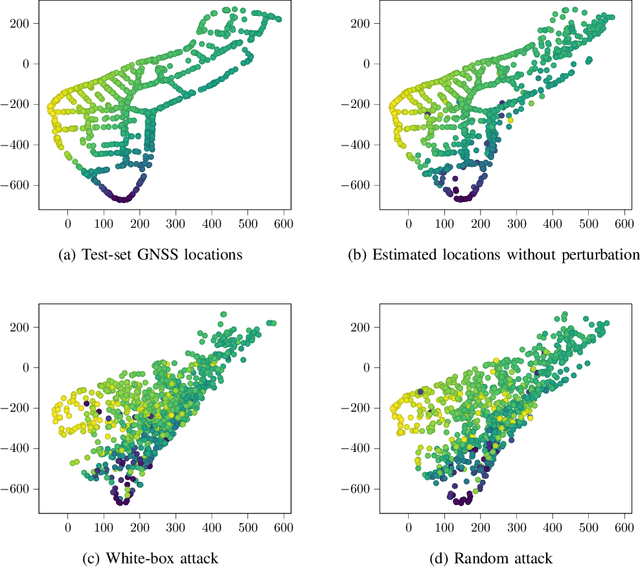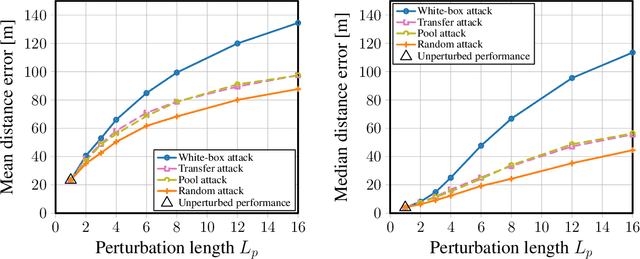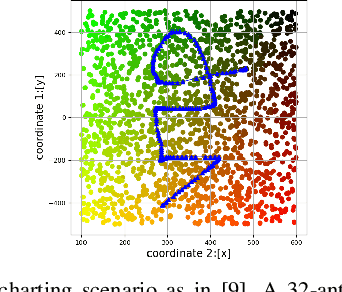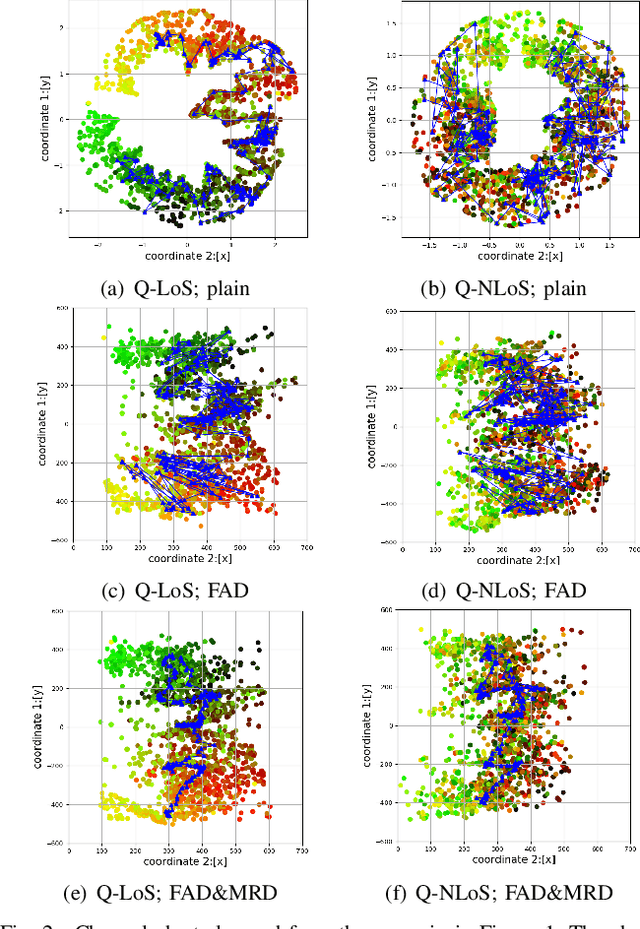Pengzhi Huang
Attacking and Defending Deep-Learning-Based Off-Device Wireless Positioning Systems
Nov 15, 2022



Abstract:Localization services for wireless devices play an increasingly important role and a plethora of emerging services and applications already rely on precise position information. Widely used on-device positioning methods, such as the global positioning system, enable accurate outdoor positioning and provide the users with full control over what services are allowed to access location information. To provide accurate positioning indoors or in cluttered urban scenarios without line-of-sight satellite connectivity, powerful off-device positioning systems, which process channel state information (CSI) with deep neural networks, have emerged recently. Such off-device positioning systems inherently link a user's data transmission with its localization, since accurate CSI measurements are necessary for reliable wireless communication -- this not only prevents the users from controlling who can access this information but also enables virtually everyone in the device's range to estimate its location, resulting in serious privacy and security concerns. We propose on-device attacks against off-device wireless positioning systems in multi-antenna orthogonal frequency-division multiplexing systems while minimizing the impact on quality-of-service, and we demonstrate their efficacy using measured datasets for outdoor and indoor scenarios. We also investigate defenses to counter such attack mechanisms, and we discuss the limitations and implications on protecting location privacy in future wireless communication systems.
Improving Channel Charting with Representation-Constrained Autoencoders
Aug 07, 2019



Abstract:Channel charting (CC) has been proposed recently to enable logical positioning of user equipments (UEs) in the neighborhood of a multi-antenna base-station solely from channel-state information (CSI). CC relies on dimensionality reduction of high-dimensional CSI features in order to construct a channel chart that captures spatial and radio geometries so that UEs close in space are close in the channel chart. In this paper, we demonstrate that autoencoder (AE)-based CC can be augmented with side information that is obtained during the CSI acquisition process. More specifically, we propose to include pairwise representation constraints into AEs with the goal of improving the quality of the learned channel charts. We show that such representation-constrained AEs recover the global geometry of the learned channel charts, which enables CC to perform approximate positioning without global navigation satellite systems or supervised learning methods that rely on extensive and expensive measurement campaigns.
 Add to Chrome
Add to Chrome Add to Firefox
Add to Firefox Add to Edge
Add to Edge